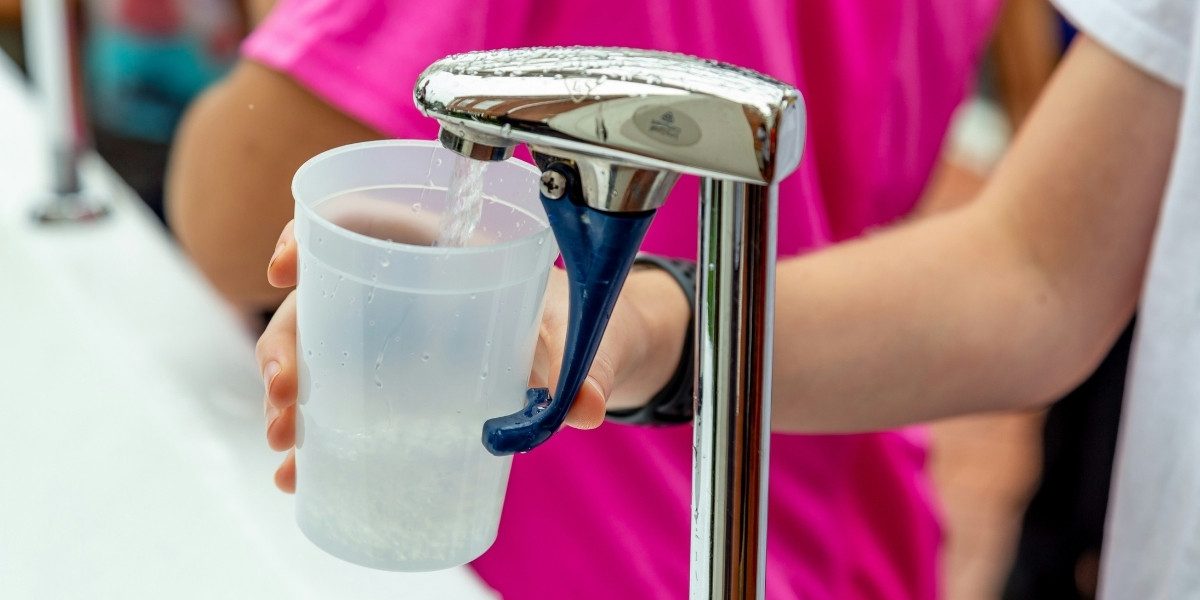How Are Innovations Shaping the Future of Drinking Water?
The future of drinking water is being transformed by groundbreaking innovations designed to meet the rising global demand for safe, clean, and accessible water. As populations grow, climate change disrupts traditional water sources, and contamination challenges persist, new technologies and approaches are redefining how communities source, treat, and distribute drinking water. Understanding these innovations is key to securing sustainable water access for generations to come.
Read Also: The Future of Medicine: Innovations in Treatment and Care
What Challenges Drive Innovation in Drinking Water?
Water scarcity, pollution, and aging infrastructure are pressing challenges motivating innovation. More than two billion people worldwide lack access to safely managed drinking water, and many regions face increasing droughts and contamination from industrial, agricultural, and natural sources. Traditional water treatment plants and distribution systems often struggle to keep pace with population growth and environmental stress.
This urgency pushes scientists, engineers, and policymakers to develop new technologies that are efficient, affordable, and scalable. The goal is to ensure clean drinking water reaches all populations while minimizing environmental impacts.
How Are Advanced Filtration Technologies Improving Water Quality?
One of the most promising advances is in filtration technologies. Membrane filters, such as reverse osmosis (RO) and nanofiltration, remove a wide range of contaminants, including bacteria, viruses, heavy metals, and salts. Innovations in membrane materials have increased efficiency, reduced energy use, and lowered costs.
Emerging techniques like graphene-based filters offer exceptional durability and selectivity, capable of filtering water at molecular levels with less energy. Such materials could revolutionize water purification, especially in areas with highly polluted sources.
Additionally, advancements in biofiltration use natural processes involving microorganisms to break down pollutants. These systems are environmentally friendly and can be adapted for rural or decentralized use.
What Role Does Desalination Play in Expanding Drinking Water Supply?
Desalination, the process of removing salt from seawater, is becoming increasingly vital in arid regions. Traditional desalination methods, including thermal distillation and reverse osmosis, have historically been energy-intensive and costly.
However, innovations in energy recovery systems and the integration of renewable energy sources like solar and wind are making desalination more sustainable. Emerging technologies such as forward osmosis and electrodialysis show promise for reducing energy consumption and operating costs.
Desalination plants are being scaled and optimized to provide fresh water for cities, agriculture, and industry, helping alleviate pressure on freshwater sources.
How Are Smart Water Systems Enhancing Water Management?
The future of drinking water relies not only on purification but also on smart management. Internet of Things (IoT) sensors and connected devices now monitor water quality, pressure, and usage in real-time. These systems enable early detection of leaks, contamination, and inefficiencies, allowing for proactive maintenance.
Smart meters empower consumers to track their water consumption, encouraging conservation. Utilities can optimize distribution networks, reduce water loss, and improve customer service using data analytics.
Artificial intelligence (AI) further enhances these systems by predicting demand patterns, managing energy use, and identifying potential system failures before they occur.
What Advances Are Being Made in Water Storage and Distribution?
Safe and efficient storage and distribution are essential for reliable drinking water access. Innovations in pipeline materials, such as corrosion-resistant composites, extend infrastructure lifespan and reduce contamination risks.
Modular and decentralized water storage units equipped with purification systems provide flexibility for remote or underserved communities. These units can operate independently or as part of larger networks, improving resilience against natural disasters or infrastructure failures.
Advanced leak detection technologies use acoustic sensors and drones to identify issues early, minimizing water loss and repair costs.
How Is Water Recycling Contributing to Sustainable Drinking Water?
Water recycling and reuse technologies are gaining traction as a sustainable approach to supplement drinking water supplies. Treated wastewater can be purified to meet or exceed drinking water standards, a process known as potable reuse.
Innovative treatment trains combine multiple barriers such as membrane filtration, ultraviolet (UV) disinfection, and advanced oxidation to ensure safety. These systems are particularly valuable in water-stressed regions and urban areas.
Public acceptance is a critical factor, and educational efforts emphasize the rigorous treatment processes involved to build trust in recycled water.
What Role Do Policy and Community Engagement Play in Advancing Water Innovation?
Technological advances alone cannot ensure the future of drinking water. Effective policy frameworks and community involvement are crucial. Governments must set standards that encourage innovation while protecting public health.
Incentives and funding programs help accelerate the deployment of new technologies. Community education campaigns foster awareness of water conservation and the benefits of advanced treatment methods.
Collaborations between academia, industry, and public agencies support research and the scaling of pilot projects to full-scale operations.
How Will Emerging Technologies Shape Drinking Water in the Next Decade?
Looking ahead, the integration of emerging technologies promises a future where drinking water is more accessible, affordable, and resilient. Innovations like nanotechnology and synthetic biology could provide highly selective filtration and contaminant detection capabilities.
Decentralized water systems, powered by renewable energy and guided by AI, may serve remote or disaster-affected populations effectively. Portable purification devices and smart home systems will empower individuals to ensure water safety.
These developments align with global goals to achieve universal access to safe drinking water and adapt to climate change impacts.
Read Also: Intermittent Fasting: What You Need to Know Before Starting
Why Is Innovation Critical for the Future of Drinking Water?
Innovation is not optional but essential to meet growing water challenges. Without new approaches, many regions will face worsening shortages, increased health risks, and economic impacts.
Investing in research, infrastructure, and education ensures that water systems can cope with demand and environmental changes. It also supports equitable access, allowing communities worldwide to enjoy the basic human right to clean water.
By embracing innovation, society can safeguard water resources, enhance public health, and promote sustainable development.







